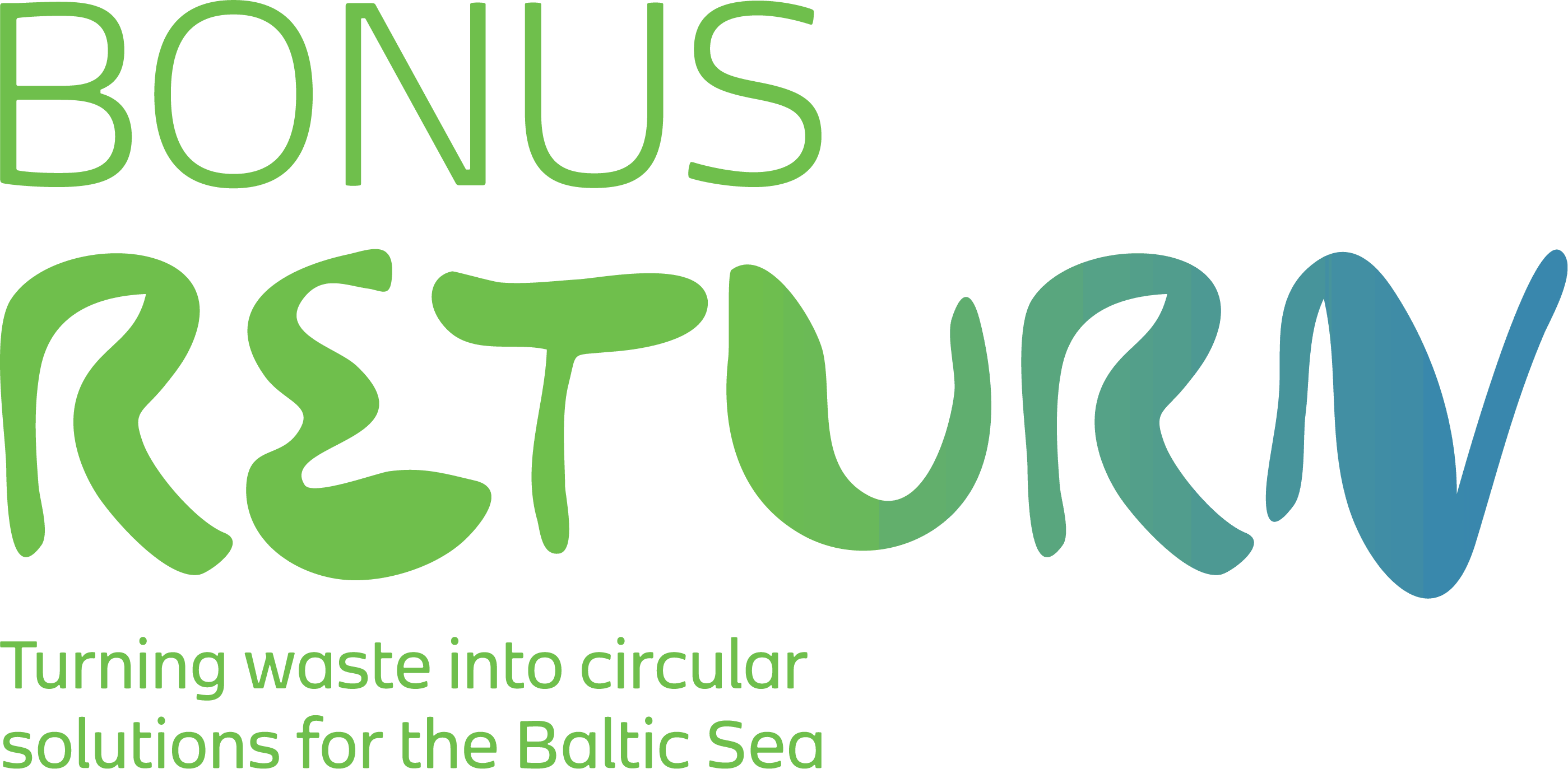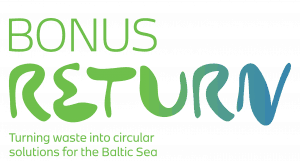The project highlights evidence on circular innovations for reducing eutrophication in the Baltic Sea. Key recommendations include:
- Stronger policy steering for nutrient reuse management is needed.
- Technologies for recycling nutrients in the Baltic Sea exist and are ready for market but better data on hotspots and most effective combination of ecotechnologies is needed.
- We need to shift mindsets and regulations to reduce-reuse-recycle and strengthen interactions between wastewater and agriculture.
- Procurement and innovative business plans can bridge the gap between innovation and implementation.
By Arno Rosemarin, Stockholm Environment Institute
The conference was moderated by Arno Rosemarin, senior research fellow at Stockholm Environment Institute and senior expert in the BONUS RETURN project.
By Karina Barquet, Stockholm Environment Institute
BONUS RETURN project coordinator, Karina Barquet, highlighted the project objectives and gave an overview of the results to be presented.
By Biljana Macura, Stockholm Environment Institute
A presentation on the review of ecotechnologies for circulating nutrients and carbon in agriculture and wastewater sectors, based on knowledge gaps addressed through systematic evidence synthesis.
By Erik Kärrman, RISE Research Institutes of Sweden & Søren Marcus Pedersen, University of Copenhagen
A presentation on the multi-criteria analysis and cost-benefit analysis carried out on the project’s three case studies: Fyrisån in Sweden, Vantaanjoki in Finland and Slupia in Poland.
By Jari Koskiaho, Finnish Environment Institute & Tomasz Okruszko, Warsaw University of Life Sciences
By Sten Stenbeck, RISE Research Institutes of Sweden
A presentation on the pre-commercialization support given to the three innovations in the project: Ravita, Finland, TerraNova, Germany and Aquacare, Netherlands.
By Linn Järnberg and Nelson Ekane, Stockholm Environment Institute
A presentation on policy, governance, market and technical aspects of accelerating the transition towards a circular phosphorus economy. A report on perceptions of sewage sludge application in agricultural lands in Sweden, was also presented.
Presented by Mark Rasmussen, SEI. Followed by a Q&A with case study leads: Olle Olsson, SEI, Marek Giełczewski, WULS and Jari Koskiaho, SYKE.
By Steven Bachelder, Uppsala University
A presentation of the Serious Game System including a showcase of the digital game developed in the project, MONITOR ECO TECH.
By Karina Barquet, Stockholm Environment Institute
A summary of the achievements in BONUS RETURN as well as future policy directions and research gaps.
In the short videos below, they explain briefly what their innovations are, the support received in BONUS RETURN and highlight challenges and opportunities for applying their innovations in the Baltic Sea region.
Marc Buttmann, TerraNova, Germany
The TerraNova® Ultra technology converts waste sludge into two products: bio-coal and phosphorus. The technology also increases the biogas production in a wastewater treatment plant and reduces the amount of disposable waste.
Kati Blomberg, RAVITA, Finland
The RAVITA process recovers phosphorus and nitrogen directly from wastewater and reject water. The phosphoric acid and ammonium phosphate products can be fed into the fertilizer cycle or other industrial uses.
Prashanth Kumar, Aquacare, Netherlands
Aquacare’s BioPhree technology is designed to reduce phosphorus to very low concentrations, which is necessary to prevent harmful algal bloom. The phosphorus is recovered in a form that can be used as a fertilizer.


